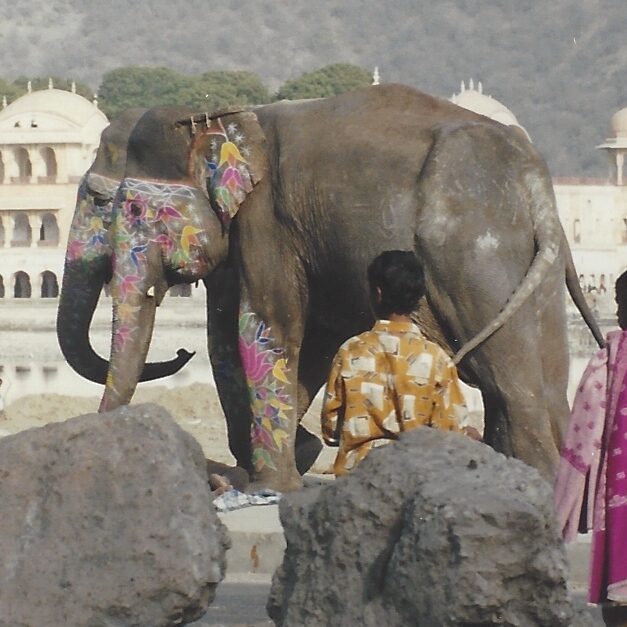I was recently reminded of the Indian parable about the blind men and an elephant. In the story a group of blind men feel different parts of the elephant and is convinced what the object is based on his perspective. Unsurprisingly, since each man has touched a different part of the animal they are in disagreement when they compare notes.
This parable is a good metaphor for how our perspectives are subjective to our own experience. The writer Anaïs Nin once said “we don’t see the things as they are, we see things as we are.” Our perception therefore shapes our reality.
One of the key skills in developing intercultural competency is alternative perspective-taking. In global work environments the more we are able to develop this skill, the more we will be able to work through some of the challenges we encounter with culturally-diverse perspectives. Since it’s difficult for many people to articulate where the differences stem from, we need some concrete tools to help identify the steps to take.
Many of our clients admit to frustration when culturally-diverse team members seemingly do things that sabotage moving forward on a project. For example, in the U.S. where quick decision-making is the norm, executives are baffled by the perceived paralysis of their French colleagues in making a decision. However, when they understand how the risk-averse nature of the French is heavily influenced by a cultural intolerance towards making mistakes, it shifts their perspective from believing their French colleagues are incompetent to instead finding ways to move through the process in ways that are mutually beneficial.
Below are some steps to encourage alternative perspective-taking to help you transition from stagnation to success.
- Cultivate sufficient self-awareness to examine how your work style is influenced by cultural norms
- Ask questions to gain an understanding of how your colleagues view the same issue
- Listen attentively to what they have to say without interruption
- Validate what you hear—even if you don’t agree with them
- Assume that your way is not the only way and other perspectives may offer better solutions
- Ask your colleagues for suggestions on how to move forward taking into consideration your viewpoint
- Provide some suggestions on how you would resolve the issue, being careful to incorporate areas that are important to them
- Engage in identifying common goals and collaborative problem-solving
In the parable about the blind men, once they are able to listen to each other, they realize that in piecing together their knowledge of the different parts of the elephant’s body, they are able to discover that the mysterious object is in fact an elephant. Similarly, successful global teams are able to recognize that once they unify their different perspectives, they are able to create the synergy needed to thrive.


